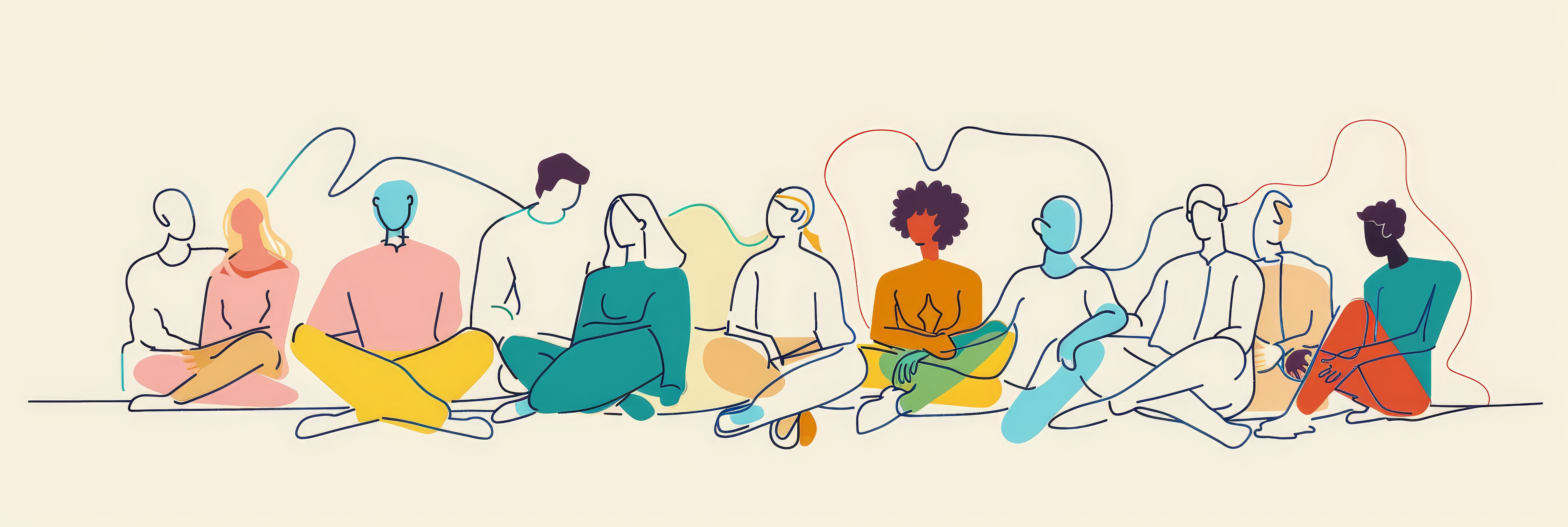Body image is something every person must deal with. Others see and judge our bodies simply because we exist. However, negative thoughts and perceptions of our physical bodies and struggles with body image can cause a great deal of suffering and severe psychological and physical consequences. We will examine why and how body dysmorphia can lead to eating disorders.
What Is Body Dysmorphia?
Body dysmorphic disorder (BDD) is a condition in which individuals are highly preoccupied with perceived flaws in their physical appearance. Sometimes, these perceived imperfections aren’t there at all, and sometimes, although they are visible, they are not noticed by others.
This disorder can co-occur with other diseases, such as eating disorders like anorexia nervosa. In some cases, it can be the cause of developing an eating disorder. Both conditions share some of the same symptoms, which revolve around a preoccupation with appearance, struggle with body image, and distorted body image (1).
If you receive a BDD diagnosis, it’s important to understand how and why this could lead to an eating disorder. Getting immediate treatment to prevent negative consequences from occurring or worsening is also crucial.
Physical and Psychological Effects of Body Dysmorphia
Body dysmorphia can negatively affect every aspect of a person’s life, from their relationships to their daily functioning, in many of the same ways an eating disorder can. Both disorders can result in the following psychological issues:
- Low self-esteem
- Shame or self-loathing
- Isolating from others
- Anxiety and depression
- Suicidal thoughts (2)
- Health problems such as malnutrition, dehydration, and electrolyte imbalances
Ways Body Dysmorphia Can Lead to Eating Disorders
Many of the symptoms and behaviors associated with body dysmorphia and eating disorders can overlap, and over time, BDD may develop into an eating disorder. The more a person with BDD tries to change their body, the more they can fall into disordered eating patterns and behaviors.
Individuals with BDD who are preoccupied with the size and shape of their body or their weight are at higher risk for developing an eating disorder. They often resort to changing their behaviors around food to change the features they feel are defective. To control body size, shape, or weight, individuals may restrict, purge, use laxatives and diet pills, or exercise excessively. These repetitive behaviors are indications of an eating disorder.
Individuals who suffer from both BDD and anorexia are more severely ill. They have a more challenging time functioning, have twice as many psychiatric hospitalizations, and are three times more likely to attempt suicide than those who only have anorexia (3).
Warning Signs of Body Dysmorphia
The warning signs of body dysmorphia can vary from person to person, but some common symptoms include the following:
- Preoccupation with body image
- A belief that you have a physical defect
- Excessive grooming and/or body checking
- Attempting to hide flaws
- Restricting foods
- Avoiding social events
Resources Available to Help Individuals with Body Dysmorphia and Eating Disorders
For those who need help with eating disorders and body dysmorphia, there are many resources available. You can find self-help books, webinars, and other online educational resources on the websites of organizations that advocate for individuals suffering from eating disorders and/or BDD. Additionally, support groups can provide a sense of community and understanding from those going through similar experiences. However, body dysmorphia and eating disorders won’t disappear by themselves, and seeking professional treatment may be necessary. Individuals can receive specialized care, guidance, and support with the help of a therapist or a medical professional.
If you think you have severe issues with body image and may be suffering from an eating disorder, it’s time to reach out for help. The professionals at Selah House can provide you with the treatment options that are right for you. Call us at 765.819.2524 or use our contact form to get the treatment you need to start healing today.
Resources
- Body Dysmorphic Disorder Foundation. (n.d.). What is body dysmorphic disorder? https://bddfoundation.org/information/what-is-bdd/
- Mayo Clinic. (2022, December 13). Body dysmorphic disorder. https://www.mayoclinic.org/diseases-conditions/body-dysmorphic-disorder/symptoms-causes/syc-20353938
- Grant, J.E., & Phillips, K.A. (2004). Is anorexia nervosa a subtype of body dysmorphic disorder? Probably not, but read on… Harvard Review of Psychiatry, 12 (2), 123-6. https://www.ncbi.nlm.nih.gov/pmc/articles/PMC1622894/
Author bio:
Kate Delaney Chen, BSN, RN-BC is a healthcare writer and registered nurse with over 17 years of bedside experience. She specializes in Psychiatric Nursing and Nephrology and currently works at a nationally recognized Inpatient Eating Disorders Program.

 Call
Call

